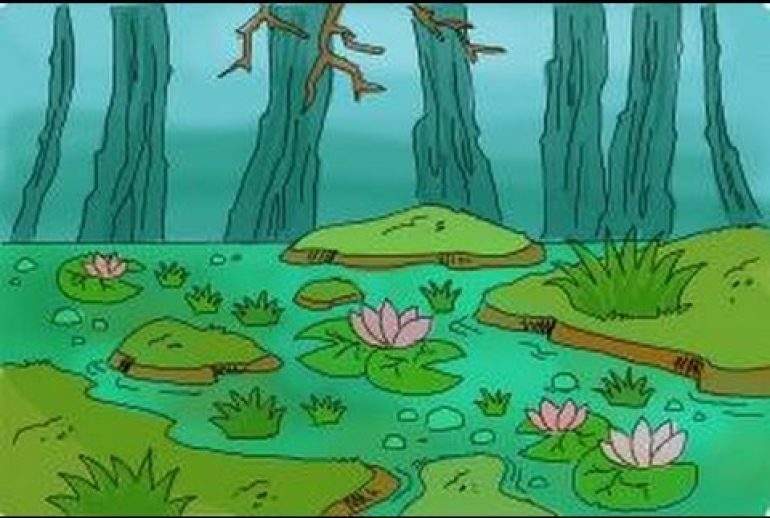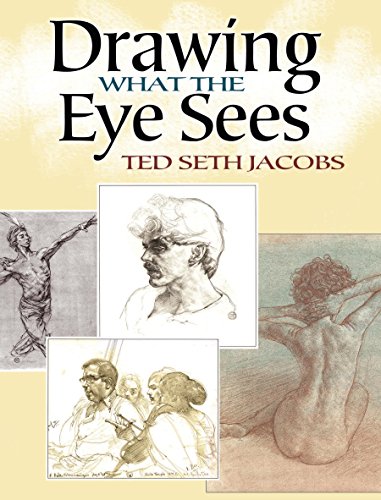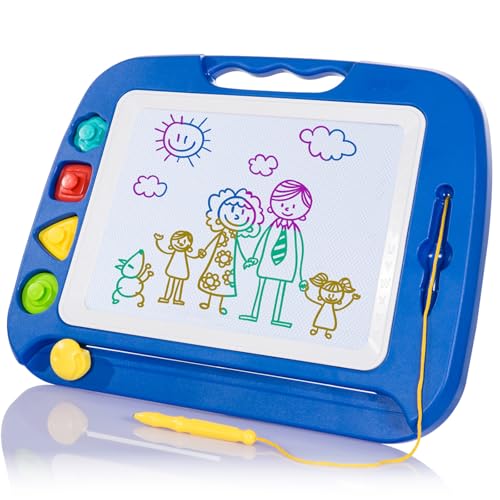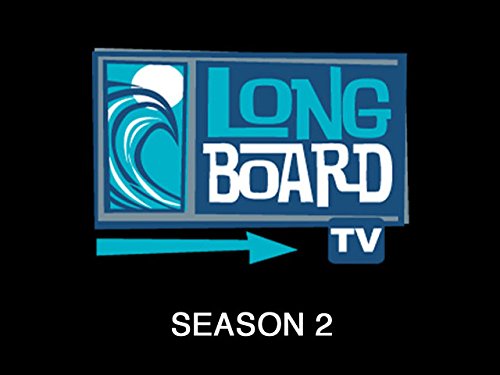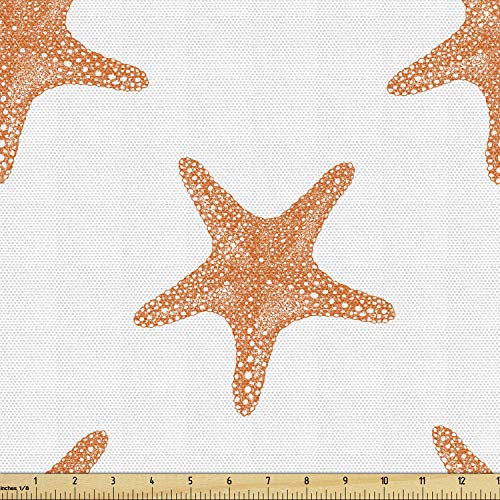Drawing a swamp can seem tricky at first. But with the right steps, it’s easier than you think.
Swamps are fascinating and mysterious places, full of rich details and textures. From the murky waters to the dense foliage, capturing a swamp scene on paper can be a rewarding challenge for any artist. Whether you’re a beginner or looking to improve your skills, learning to draw a swamp will enhance your ability to depict natural landscapes.
In this guide, we’ll break down the process into simple steps. You’ll learn how to sketch the basic outline, add depth, and bring your swamp to life with shading and details. Let’s dive in and explore how to create your very own swamp drawing!
Introduction To Swamp Drawing
Swamps are mysterious and enchanting. They are home to unique plants and animals. Drawing a swamp can be a fun and rewarding experience. This guide will help you get started with swamp drawing. You will learn what materials you need and why drawing a swamp is interesting.
Why Draw A Swamp
Swamps are full of life and detail. They have a variety of plants, such as moss, ferns, and water lilies. Animals like frogs, birds, and insects make swamps their home. Drawing a swamp allows you to capture this rich biodiversity. It also helps you improve your skills in drawing landscapes and textures.
Materials Needed
To draw a swamp, you need some basic materials. A sketchbook or drawing paper is essential. Pencils of different grades (HB, 2B, 4B) will help you create various textures. Erasers are useful for correcting mistakes. Colored pencils or watercolors can add life to your drawing. You may also want to use reference photos of swamps for inspiration.
Sketching The Basic Shape
Drawing a swamp might seem challenging, but breaking it into simple steps helps. The first step is sketching the basic shape. This includes outlining the swamp and adding elements like water and land. Let’s dive into the details.
Outlining The Swamp
Start with a rough outline of the swamp’s boundary. Use light strokes to avoid mistakes. Draw an uneven, wavy line to represent the swamp’s edge. This adds a natural look. Make sure your lines curve and bend. Swamps rarely have straight edges.
Adding Water And Land
Next, sketch the water areas. Draw small, irregular shapes inside the swamp outline. These shapes represent pools of water. Keep your lines light and wavy. Swamps have many small patches of water.
Now, add land areas. Draw small mounds and patches between the water pools. These represent bits of dry land. Make them irregular and uneven. This keeps the swamp looking natural. You can also add small islands within the water.
Creating Depth And Perspective
Drawing a swamp can be a fun experience. Adding depth and perspective makes it more realistic. Depth helps in making elements appear closer or farther away. Perspective gives the drawing a three-dimensional feel.
Foreground And Background
The foreground is the closest part of the drawing. It should have more details. This makes it stand out. The background is farther away. It should have fewer details. This creates a sense of depth.
Use larger shapes for the foreground. Use smaller shapes for the background. This contrast helps in creating depth. Adding shadows and highlights also helps.
Using Vanishing Points
Vanishing points are important for perspective. They are where lines appear to meet. Use one or two vanishing points for your swamp drawing. This helps in creating a realistic scene.
Draw guidelines from the vanishing points. These lines help in placing objects correctly. They guide the size and position of elements. This makes the drawing look more three-dimensional.

Credit: dragoart.com
Adding Vegetation And Trees
Adding vegetation and trees to your swamp drawing can bring it to life. These elements enhance the natural feel and make the swamp more realistic. Let’s explore how to add trees and aquatic plants effectively.
Drawing Trees
Trees are vital for a swamp scene. Start by sketching the trunks. Swamp trees often have thick, gnarled trunks. Use curved lines to show the rough texture of the bark.
Next, draw the branches. Swamp trees often have long, drooping branches. Use wavy lines to create this effect. Add small branches coming off the main ones.
Finish by drawing the leaves. Swamp trees usually have dense foliage. Draw clusters of leaves using small, curved lines. This adds depth and realism to your trees.
Including Aquatic Plants
Aquatic plants are essential in a swamp setting. Start with simple shapes like ovals and circles. These represent the leaves floating on the water.
Next, add the stems. Use thin lines to connect the leaves to the water. This shows that the plants are rooted in the swamp.
Draw water lilies and other plants with broad leaves. These plants are common in swamps and add variety to your drawing.
Finally, add details like veins on the leaves and tiny flowers. These small touches make the plants look more natural.
| Element | Description |
|---|---|
| Trees | Thick, gnarled trunks with drooping branches and dense foliage |
| Aquatic Plants | Floating leaves, thin stems, broad leaves, and tiny flowers |
By adding these vegetation details, your swamp drawing will look vibrant and full of life.
Incorporating Wildlife
Incorporating wildlife into your swamp drawing brings it to life. Adding different creatures makes your artwork more realistic and engaging. Wildlife adds a layer of complexity and interest to your swamp scene. Each creature tells a story and adds character to your drawing. Let’s explore how to include various animals in your swamp art.
Birds And Insects
Birds and insects are vital to a swamp ecosystem. Birds like herons and egrets often wade through the water. Draw their long legs and curved necks. This gives a sense of movement. Insects like dragonflies and mosquitoes hover above the water. Small details like wings and antennae can make them stand out. Place them near plants or above the water surface. This adds depth and realism to your drawing.
Reptiles And Amphibians
Reptiles and amphibians are common in swamps. Frogs and toads sit on lily pads or rocks. Draw their round bodies and wide eyes. Snakes and alligators often lurk in the water or sun themselves on the shore. Show their scaly skin and sharp features. This adds an element of danger and intrigue. Turtles can be seen basking on logs or swimming. Their hard shells and slow movements add variety. Including these creatures makes your swamp scene diverse and captivating.
Adding Texture And Details
Adding texture and details to your swamp drawing brings it to life. The right textures make your drawing more realistic and engaging. Two key areas to focus on are water ripples and reflections, and tree bark and foliage. These details enhance the overall effect and can make your swamp scene more immersive.
Water Ripples And Reflections
Water is a crucial element in swamp drawings. Adding water ripples and reflections gives your scene a sense of movement and depth. To create realistic water ripples:
- Use light, curved lines to mimic the natural flow of water.
- Vary the size and shape of the ripples.
- Draw smaller, more frequent ripples near the edges.
Reflections are also important. They mirror the surroundings and add realism. To draw reflections:
- Identify the objects near the water surface, like trees and rocks.
- Draw their mirrored image below the water line.
- Use lighter shading for reflections to suggest a watery surface.
Tree Bark And Foliage
Tree bark and foliage add texture and detail to your swamp scene. They bring out the rugged and wild nature of the environment. For tree bark:
- Draw vertical lines to represent the grooves in the bark.
- Add small, irregular shapes to show knots and imperfections.
- Use shading to give depth and dimension to the bark.
Foliage includes leaves, vines, and other plant life. To draw realistic foliage:
- Sketch the general shape of the leaves first.
- Add veins and small details to each leaf.
- Vary the size and shape of the leaves for a natural look.
- Include overlapping leaves to show density and depth.
Using these techniques will make your swamp drawing more detailed and realistic. The textures and details bring the scene to life, making it more engaging and immersive for the viewer.
Final Touches And Coloring
Final touches and coloring bring your swamp drawing to life. This phase adds depth and realism. Use the right colors and techniques to enhance your artwork.
Choosing The Right Colors
Swamps have unique color palettes. Greens, browns, and blues are common. Consider using various shades of these colors. Greens for foliage, browns for the muddy ground. Blues can depict water areas. Choose muted tones. Bright colors might look unnatural. Adding a hint of gray can help achieve the right atmosphere.
Shading And Highlights
Shading adds depth and dimension. Identify the light source. Shadows should be opposite to the light. Use darker shades of your base colors for shadows. Lighten areas where light hits directly. Highlights are crucial. They create a sense of realism. You can use white or lighter shades for highlights. Blend well for smooth transitions. Don’t overdo highlights. Balance is key.

Credit: easydrawingguides.com

Credit: easydrawingguides.com
Frequently Asked Questions
What Materials Do I Need To Draw A Swamp?
To draw a swamp, you’ll need paper, pencils, erasers, and coloring tools like markers or crayons.
How Do I Start Drawing A Swamp Scene?
Begin by sketching the outline of the swamp. Add trees, water, and other natural elements.
Which Colors Are Best For A Swamp Drawing?
Use greens, browns, and blues. These colors help create a realistic swamp scene.
Can Beginners Draw A Swamp Easily?
Yes, beginners can draw a swamp. Start with basic shapes and add details gradually. Practice helps!
Conclusion
Creating a swamp drawing can be fun and rewarding. Follow the steps carefully. Use different shades of green and brown. Add details like trees, water, and wildlife. Practice makes perfect, so don’t get discouraged. Enjoy the process and let your creativity flow.
Share your artwork with friends and family. They will appreciate your effort and talent. Happy drawing!

